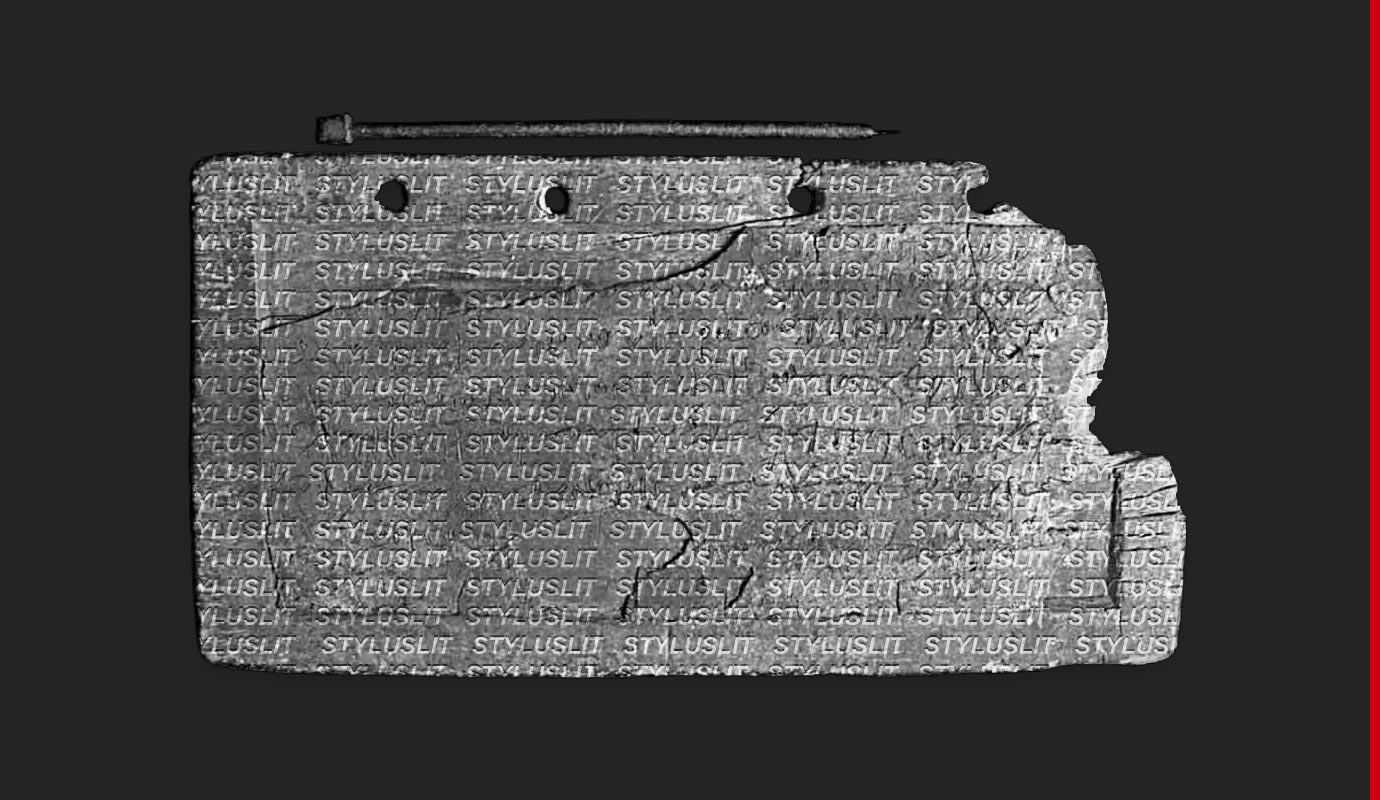Spinifex Press (2022)
Reviewed by Jane Frank, StylusLit.
It’s All Connected: Feminist Fiction and Poetry brings together the creative work of 39 Australian writers to mark the beginning of the fourth decade of eminent feminist press, Spinifex Press, publishing women’s stories. The book is a companion volume to Not Dead Yet: Feminism, Passion and Women’s Liberation (2021) edited by Renate Klein and Susan Hawthorne.
In her introduction to this volume, editor Pauline Hopkins explains that these eclectic works intersect in terms of containing ‘essential truth’ and emphasises, through highlighting a quote from Robin Morgan’s Parallax (Spinifex Press, 2019), that there are ‘stories nested inside stories with more nested inside them, out past infinity,’ [1] every one of the contributing writers creating ‘words within worlds’ to ‘draw on mythic traditions rewritten for our time.’
The book is a celebration of all kinds of knowledge acquired in the struggle of women to attain equality and freedom. Story themes include growing, changing and ageing, love and revenge, giving a voice to the voiceless, finding and fighting for one’s voice, the energy of women’s thoughts and imaginings, the power of language, solace and nurture of place, solitariness, mysteries from the grave, the shared childhood experiences and grief of siblings, women’s allegiances to one another, elder abuse and other kinds of violence in women’s lives.
There is one offering from each author, with the exception of extraordinary poet Jordie Albiston who passed away unexpectedly in early 2022 prior to the book’s release. Three of her poems are included— ‘Suburu’ [25], ‘Birds’ [161] and the final poem in the collection, ‘Wimmera’ [219]. It is moving to note that Spinifex Press has marked a particular connection to Jordie as publisher of her first poetry collection, Nervous Arcs (1995) through inclusion of these poems. ‘Suburu’ [25] is a poem about womanhood and loneliness, yet the poem’s narrator concludes that they are ‘stuck / here in the middle of everywhere.’ A suburu is, of course, a Japanese term identifying a cluster of six stars—the Greeks called the same group of stars the Pleiades— as well as a word meaning ‘unite’ and the name of a car:
a woman
spinning a car right around the earth beneath
a stellified sky is it only what?
three hundred miles? put your heart back like a
clock
This poem, that has stayed with me since I read it weeks ago, is constructed in three five-line stanzas, words and phrases accentuated by white space between them, sometimes between nearly every word in a line. There is no punctuation or capitalisation. The other two poems repeat this structure. The final lines of ‘Wimmera’ are haunting:
a black snake does un-
does itself somewhere & then I hear it
one last breath but that’s just life more or less
I was also particularly impressed by prize-winning poet Patrica Sykes’ poem ‘Elaine’ [111-112] where she explores familial bonds between orphaned sisters as they age, the poem a tribute to her sister on her 80th birthday. I’ll quote the start and end of the poem:
You and I, how we fell into life like spiderlings on silk threads.
One breeze, too many or too less, and we’d have ended—
who knows where—as a shimmering accident ….
… Is true only true if you perform a thing right?
We glow in the dark. We age further towards
youth. Perhaps we rooted so earthily, so deep,
so that now we can flower in a way that
balances the grief and joy of things.
Jena Woodhouse’s contribution, the first poem in the book, is a dynamic retelling of ‘Agamemnon’s Return from Troy’ [5] as told by Clytemnestra, and there are two other reinterpretations of older stories. ‘About Geese’ by Suniti Namjoshi [153] re-tells the story of the golden goose to delightfully include wisdom from a poet goose, and Marion May Campbell’s ‘now he dreams the Sirens silent’ [15-16] is a poem that references Kafka’s ‘The Sirens’ Parables and Paradoxes (1974):
and so the Sirens swing him by
their nipples scorching suns
their claws excoriating
the cliff’s blue limestone
their throats open beyond all earthly operatics
I thoroughly enjoyed this anthology of women’s stories and the way they have been artfully threaded together by the editor who also has a creative offering included—‘Paige’ [195-197] that tells of a mother’s encounter with her baby—life and death mingling together as the child is miraculously able to speak and comfort her bereft mother:
Yet, accompanied by death was the tune of life, both mournful
and sweet, like the song of a nightingale. I feared for this beautiful,
talking, newborn child….
…“It’s ok Mum,” she said. “Even when I’m dead, it will be okay.”
The story that gives the anthology its title is by Dianne Bell, well known writer on anthropology, Indigenous land rights, native title, law reform, the environment, violence against women and a novelist. ‘It’s All Connected’ [35-42] is a sanguine tale about critical community problem solving, the titular phrase both an ecological tenet and a key Indigenous cultural belief as Dee, one of the story’s protagonists writes in her fictional notebook. The key theme in the story is the river as a living body, a finite resource and a point of connection. As character Aunty Evie says as she finishes weaving her sister basket for an exhibition in America:
It’s all connected…The stories, the families, the country, the River.
